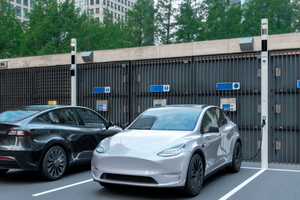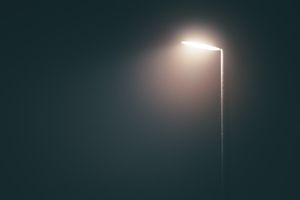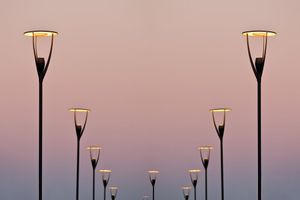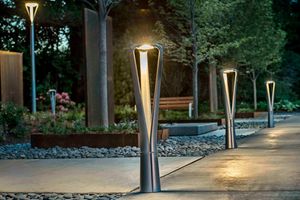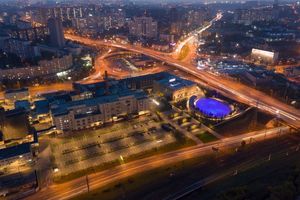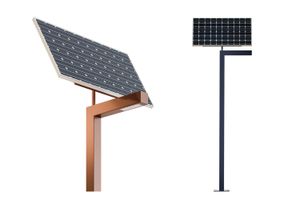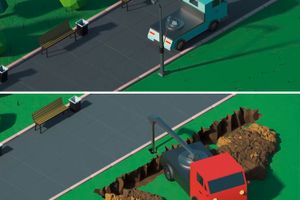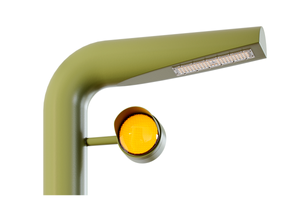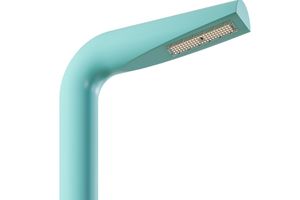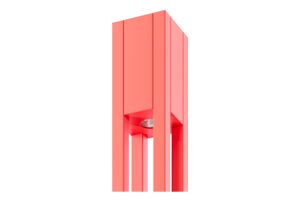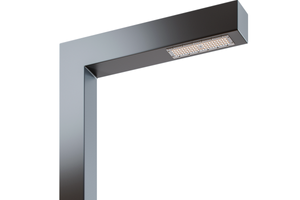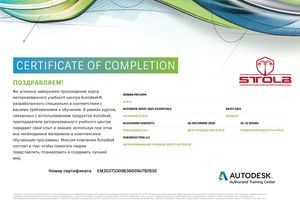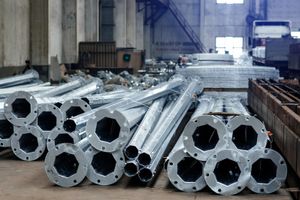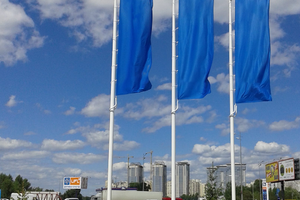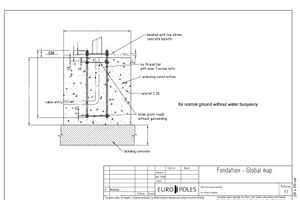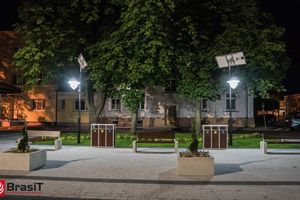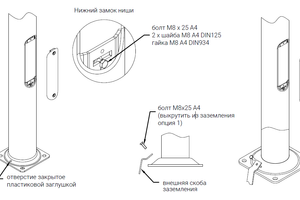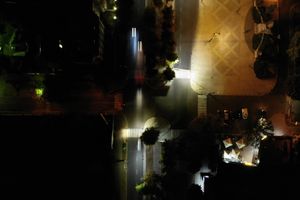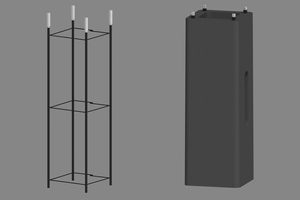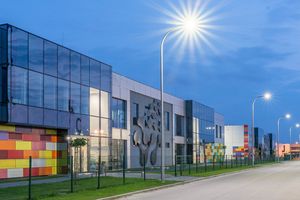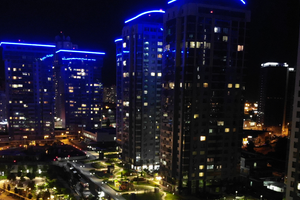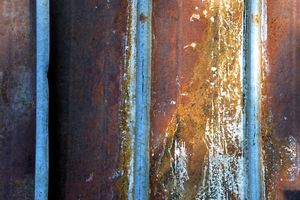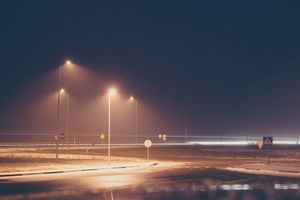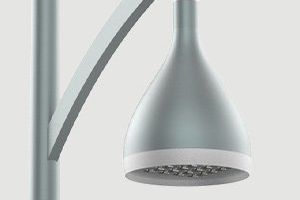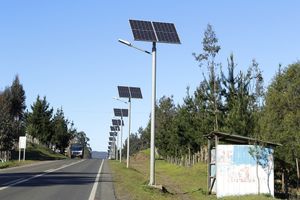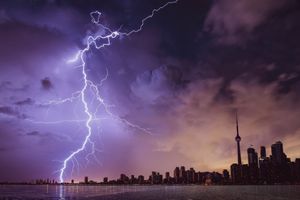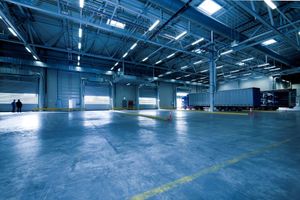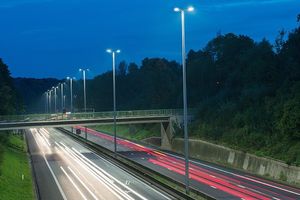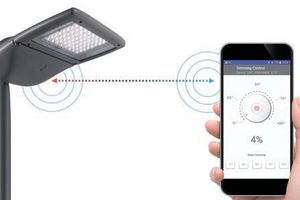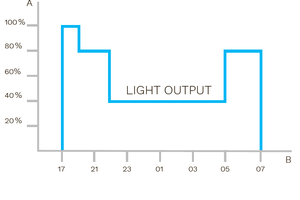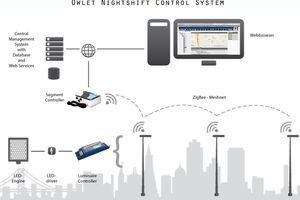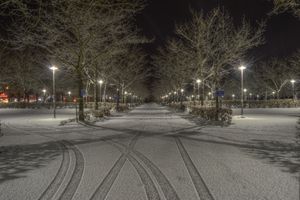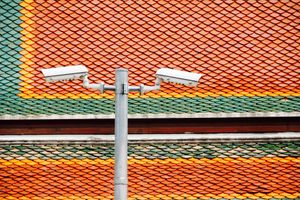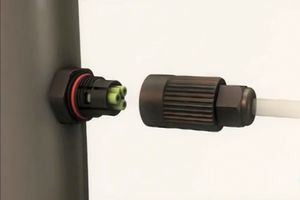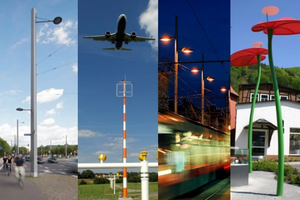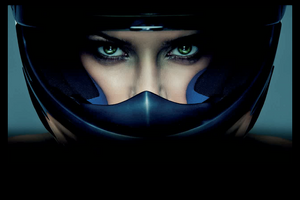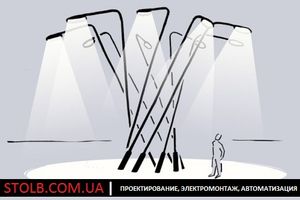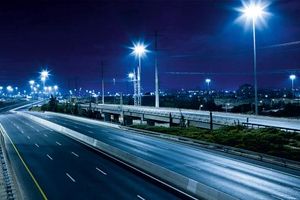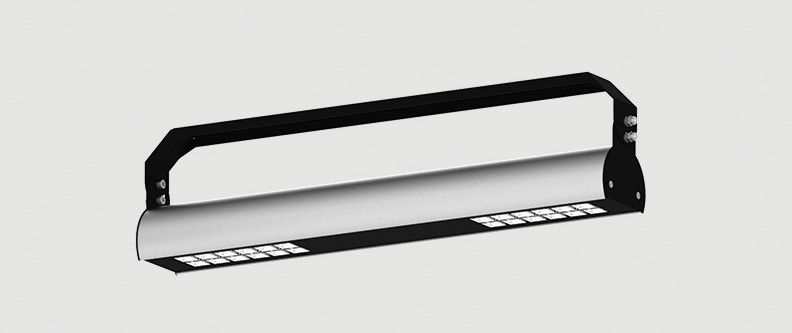
Industrial luminaires are indispensable and essential elements for production equipment. The quality of manufactured products, labor force productivity and prevention of accidents depend not only on machine tools and technologies used, but also on lighting. The notable attention should be paid to exactly this problem.
In recent years it became particularly popular to use industrial LED lighting. This is mainly due to the benefits for the enterprise itself. First of all, LEDs consume less electricity (even the most powerful of them). Secondly, the operational lifetime of LED lamps is several times longer than the life of incandescent lamps. Actually, they can serve several years without the need for replacement. That is why using LED lamps for illumination of warehouses, workshops, repair sites, parking lots and other premises of commercial purposes is very beneficial and productive.
Basic requirements to the industrial lighting
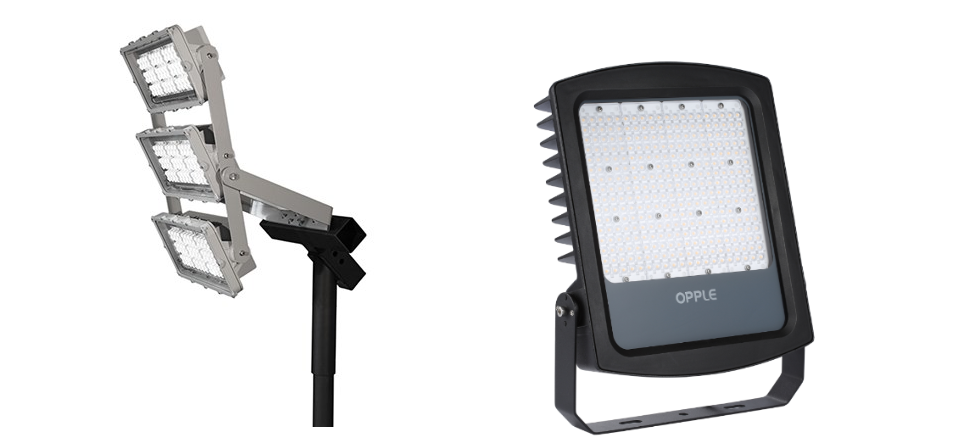
There are the specific requirements that apply to the industial LED luminaires. They include:
- No glare and excessive brightness.
- Regulation of the light direction.
- Ergonomics.
- Providing smooth, even light.
- Dust and moisture protection, resistance to drops in the electrical network.
The last mentioned is regulated by such an indicator as the level of protection. It has an alphanumeric designation. Letter designation (IP) means protection itself and if this abbreviation is absent in the characteristics of the lighting equipment, then it's not prefferable to establish them at production place.
Number point out at the type of protection. Lighting fixtures IP65 are recommended to use in street conditions as they are well protected against the moisture, including precipitations, and dust. For the areas with moderate humidity, where the main problem is dust, you need to set the luminaires with IP22 protection. If the locality is characterized with high humidity then it's better to install the devices of IP44 class.
Classification of industrial luminaires by purpose
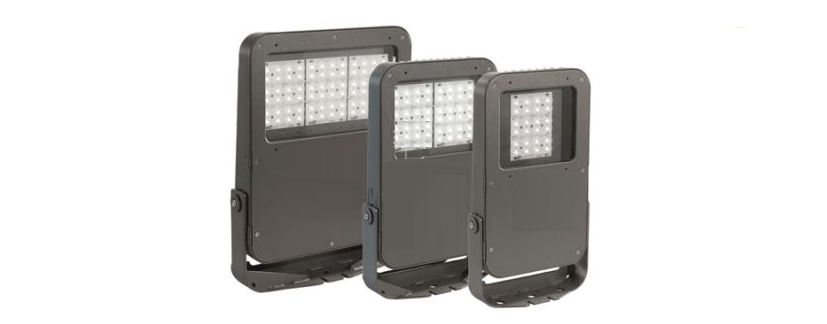
For the reason that there are differnt types of industrial lighting, the choice of the device is carried out according to its destination. The following types are distinguished:
- Working industrial luminaires.
- Emergency models.
- Security options.
- Duty light.
It should be clarified that the first type of luminaires is needed to perform production tasks, and the second is involved when the main lighting is turned off and is considered only as an ancillary light source.
Distinctive features of industrial LED lamps at the installation site:
The classification here is not complicated, but nevertheless not less important. Depending on where and how are the lighting fixtures located and mounted, the quality of work, the labor productivity and the safety of employees will be determined. The following industrial lamps exists:
- Ceiling (overhead) LED industrial luminaires. They usually appear as the main source of illumination.
- Wall LED industrial luminaires. Such devices, depending on needs, can be used as the main lighting devices or auxiliary or complementary versions.
- Pendant industrial lights. They are most often used for auxiliary lighting and where it is impossible to install the previous types of devices.
When at the entreprise it's possible to install only one of the above described type of the device, then it should be taken enough care to make sure that the luminous intensity is sufficient for staff to perform their work.
Parameters for selection of LED luminaire
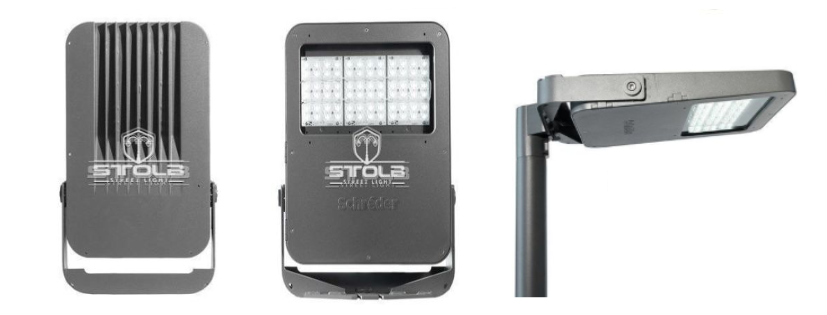
Of course, each business must take into account the specifics of manufacturing, positioning of workplaces, special working conditions, area of premises, as well as the personel comfort during operation. If the lighting from industrial luminaires is insufficient, then the worker is getting tired fast, eyesight weakens and the person can no longer execute his job qualitatively.
The criteria, in addition to those already described above, include the next: capacity, light power and color curves. If it's more or less clear with the power (capacity) question (the more powerful - the brighter is the light), then the two other parameters should be considered in more detail.
The light power curve must be considered based on the installation place of the lighting fixtures. If the ceilings in the workshop are high, then the best option would be to apply industrial fixtures with a concentrated curve. In the case of low ceilings and good light reflectance from the walls, you should choose LED lighting devices with a deep or cosine light intensity curve.
Color rendering is substantial where specific types of work are conducted: painting of products, typographic printing, textile manufacturing, etc. Here it is necessary to use industrial LED lighting with cool white light to prevent color distortion. The optimal solution is 5000 K. Such a device is able to emit light as close as possible to the natural light.















































